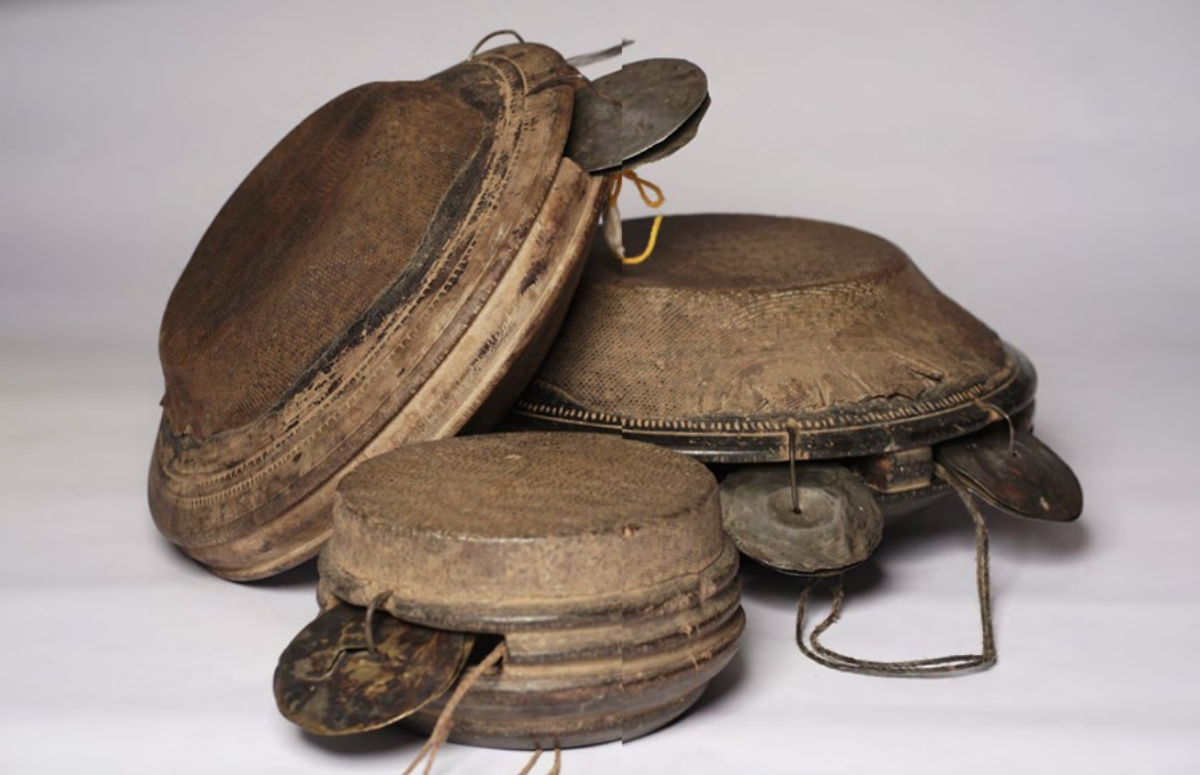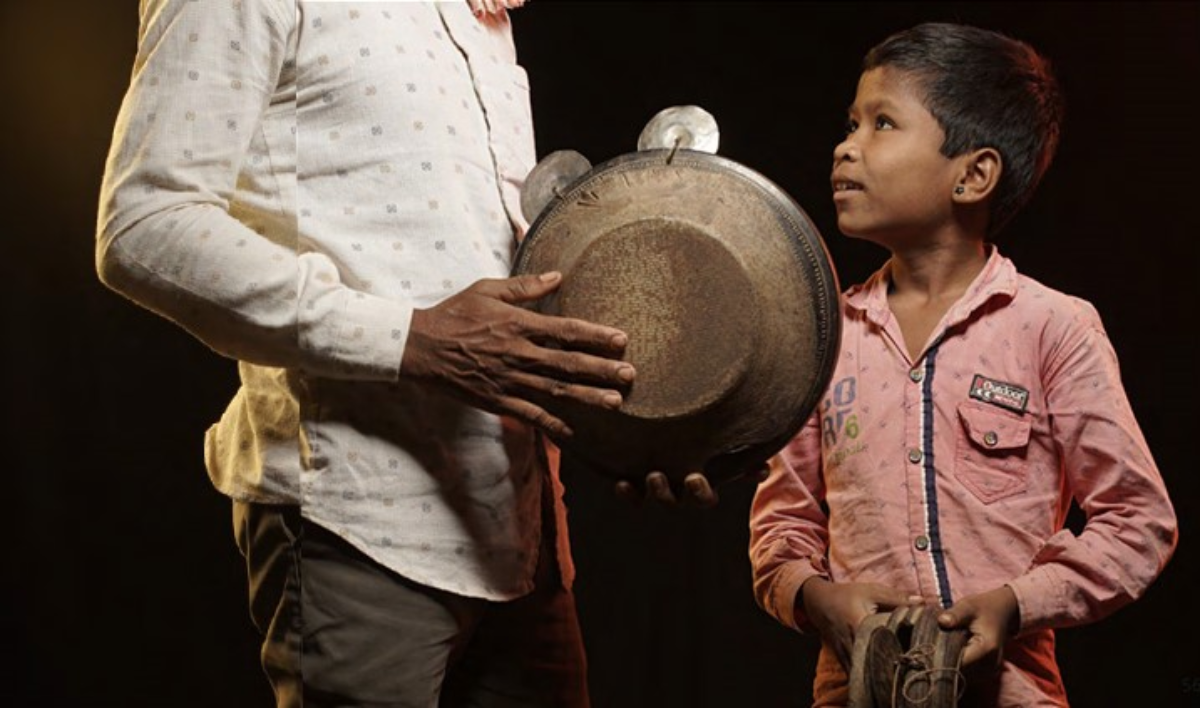tribal music and musical instruments
Khanjani, chhattisgarh

The Khanjani is one of the traditional musical instruments of the Chhattisgarh’s Savra, Binjhwar, and Kandh tribes. Although it is essentially a stringed instrument, a brass or bronze disc is inserted inside its shell to provide a unique tinkling sound. The sound produced is not just melodic; it also carries cultural significance, often embodying the collective identity and traditions of the tribes that use it.
The instrument is round and consists of three sections. Khol, Chaaya, and Dhaya Pita are the names of these, respectively. The Gohia creature's skin, known as Dhaya Pita, is covered in the Khol section of this instrument, which is constructed of Bija tree wood. The empty space behind it is known as Chaaya. Khol, the fundamental building block of Khanjani, is created by hollowing out the middle of the wood of the Bija or Khamhar trees to give it a circular shape. This section is also known as Chaayan after Khanjani.


This musical instrument is made by the Kodh tribe's members. It is made by cutting the wood of a mango or beeja, rounding the middle, and then cutting the interior wood to form a shell. A 'khan-van' sound is produced when two circular, thin strips of brass or bronze (cymbals) are inserted into holes that are one to two inches in diameter at two different locations in this shell. The monitor lizard's skin is sun-dried to add leather to the Khanjani's shell. It is soaked in water for a while after drying to make it pliable. The lasa is then cooked and covered after the grease from the Khair tree is removed.
This musical instrument is particularly utilised during Bhajans, Kirtans, or Dev Stuti among the Savra and Binjhwar tribes. This musical instrument is only played by Kodh tribal men. They play this instrument during Bhajans and Kirtans, as well as during Bhojali and Bhagwat Katha (in Odia dialect).


The Khanjani is linked to a legend about King Uttan-Paad of the Sanwara tribe. The king, after generously donating a cow to a Brahmin, faced a dispute when the cow returned to him. Angered by the deception of the Brahmins, he cursed himself to become a creature called Gohiya, destined to have two tongues and four legs. To break the curse, it was foretold that the Gohiya's skin would be fashioned into a musical instrument, the Khanjani. When played, this instrument produces sounds resembling "Bhagwan-Bhagwan" (God-God), symbolizing the king’s tale and his eventual redemption.


